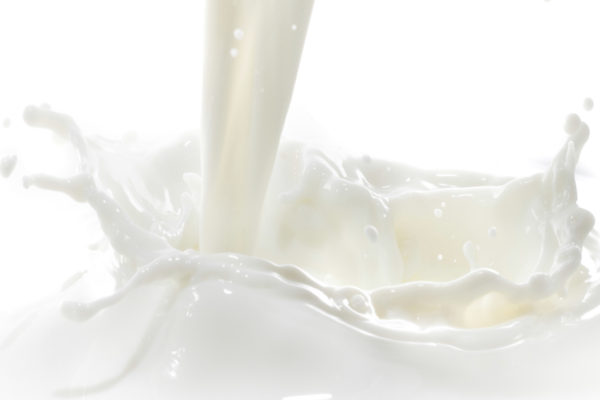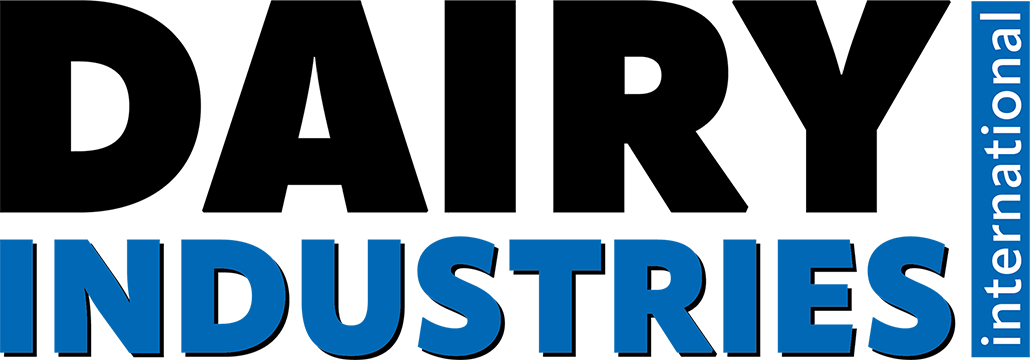Dairy market prices heavily dependent on import demand from China

Global milk supply has been on an extended run of uninterrupted growth, which is expected to continue, but at a slower pace. The growth rate has been sustainable without becoming overly burdensome on markets so far, but any slowdown in global demand would quickly lead to inventory build.
According to the latest dairy report from Rabobank, milk prices are mostly higher, but farm margins around the world are mixed. High feed prices and general input cost inflation are a common thread, but the ability to withstand the cost pressures depends on the milk price. Much of the world is experiencing high enough milk prices to offset higher costs. “However, the US market has experienced heavier milk supplies that continue to weigh on milk prices, and the EU milk prices are barely keeping up with the rising input costs,” says Ben Laine, analyst – Dairy at Rabobank.
Feed costs are generally higher without much hope on the horizon for a turnaround. Drought-stricken corn crop conditions in the US are bleak and keeping prices elevated, though demand destruction limits additional upside.
Brazil’s safrinha crop failure will provide no relief to global markets. US soybean yields are also expected to disappoint.
Logistics disruptions continue, and transportation costs have skyrocketed while container availability woes continue to cause headaches for exporters. In addition, aggressive zero-tolerance lockdown policies for Covid-19 cases in China have, and could continue, to lead to sporadic shutdowns of ports, making matters worse. “However, despite logistics problems, dairy commodities have continued to move through global markets,” emphasises Laine.
Global trade and demand: Slowdown in import demand from China could weigh on global dairy commodity prices
Supply is outpacing demand in China, with domestic production growth combined with growing inventories. These factors point to the potential for a period of destocking later this year and into 2022.
The near-term peak in global dairy commodity prices is likely behind us. Prices cooled in the second quarter and will be heavily dependent on import demand for the rest of this year with all eyes on China as a source of risk to the downside.
To read the full Rabobank report, click here.
